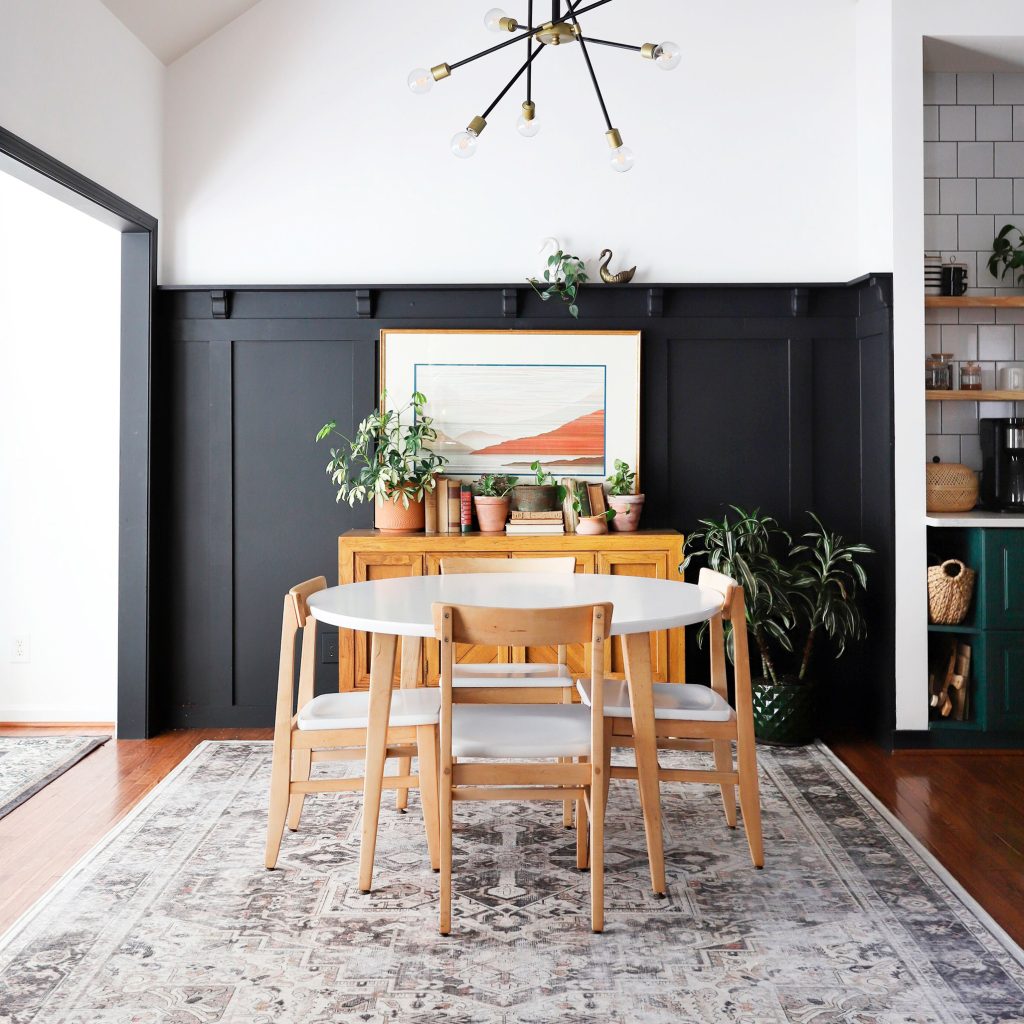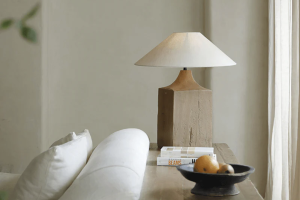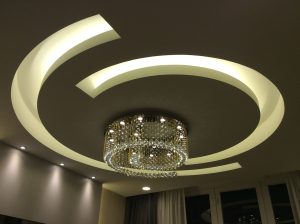Introduction
Pendant lamps blown from glass are more than just lights; they are elegant pieces of art that add allure and charm to any room. Handcrafted by artisans, blown glass pendant lamps feature unique designs, exquisite colors, and captivating shapes. In this article, we delve into the world of blown glass pendant lamps to understand their beauty and to appreciate their craftsmanship.
History
The art of glassblowing dates back to the Roman Empire. The technique was first used to create containers used to store perfumes and oils. The blowpipe, a long metal tube used to shape and blow glass, was invented around 30 BC. The technique was refined in the Middle Ages in Venice, where blown glass became an important part of the city’s economy. Today, glassblowers continue to use traditional techniques, though modern technology has made the process more efficient.
Design
Blown glass pendant lamps come in a variety of designs, from the classic to the contemporary. Some feature intricate patterns, while others have bold, bright colors. Many blown glass pendant lamps are made using recycled glass, making them eco-friendly. Artisans use a wide range of techniques to create these lamps, including freehand glassblowing, mold blowing, and hot glass casting.
Freehand Glassblowing
Freehand glassblowing is the most traditional method of blowing glass. The artisan uses a blowpipe to gather molten glass, which is then shaped and blown into the desired form. The freehand method allows for more creative control over the design, resulting in unique and unconventional shapes.
Mold Blowing
In mold blowing, the artisan blows molten glass into a mold to create a specific shape. The mold can be made from various materials, including wood, metal, or clay. The result is a more uniform shape and size, which makes mold blowing an ideal technique for creating sets of pendant lamps.
Hot Glass Casting
Hot glass casting involves pouring molten glass into a mold made from refractory material, such as plaster or sand. The glass takes on the shape of the mold and is allowed to cool and solidify. Once cooled, the glass is removed from the mold and finished by hand. Hot glass casting allows for intricate designs and ornate patterns.
Colors
Blown glass pendant lamps come in a range of colors, from brilliant reds and yellows to subtle blues and greens. Artisans use metallic oxides and other dyes to create the desired color. Some blown glass pendant lamps feature a mix of colors, creating a stunning visual effect.
Benefits
Blown glass pendant lamps offer several benefits. For one, they are environmentally friendly since many are made from recycled glass. Additionally, blown glass pendant lamps are long-lasting and durable, making them a wise investment. They also emit a warm, inviting light that creates a cozy atmosphere in any room.




More Posts
Enhance Your Bathroom with a Ceramic Glazed Table Lamp
Enhance Your Outdoor Space with a Solar LED Table Lamp
Nordic-Inspired Wooden Table Lamp with Linen Lampshade